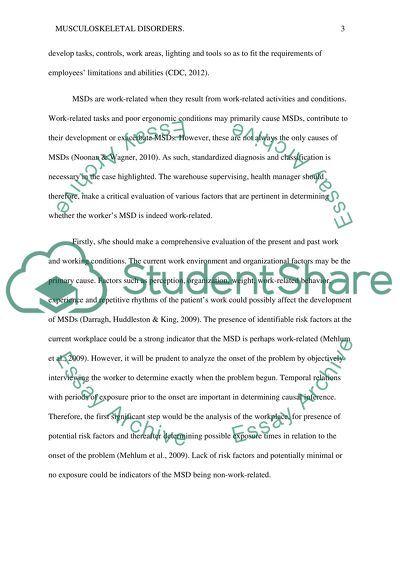Cite this document
(“Musculoskeletal Disorders Case Study Example | Topics and Well Written Essays - 1000 words”, n.d.)
Retrieved from https://studentshare.org/health-sciences-medicine/1459198-musculoskeletal-disorders
Retrieved from https://studentshare.org/health-sciences-medicine/1459198-musculoskeletal-disorders
(Musculoskeletal Disorders Case Study Example | Topics and Well Written Essays - 1000 Words)
https://studentshare.org/health-sciences-medicine/1459198-musculoskeletal-disorders.
https://studentshare.org/health-sciences-medicine/1459198-musculoskeletal-disorders.
“Musculoskeletal Disorders Case Study Example | Topics and Well Written Essays - 1000 Words”, n.d. https://studentshare.org/health-sciences-medicine/1459198-musculoskeletal-disorders.


